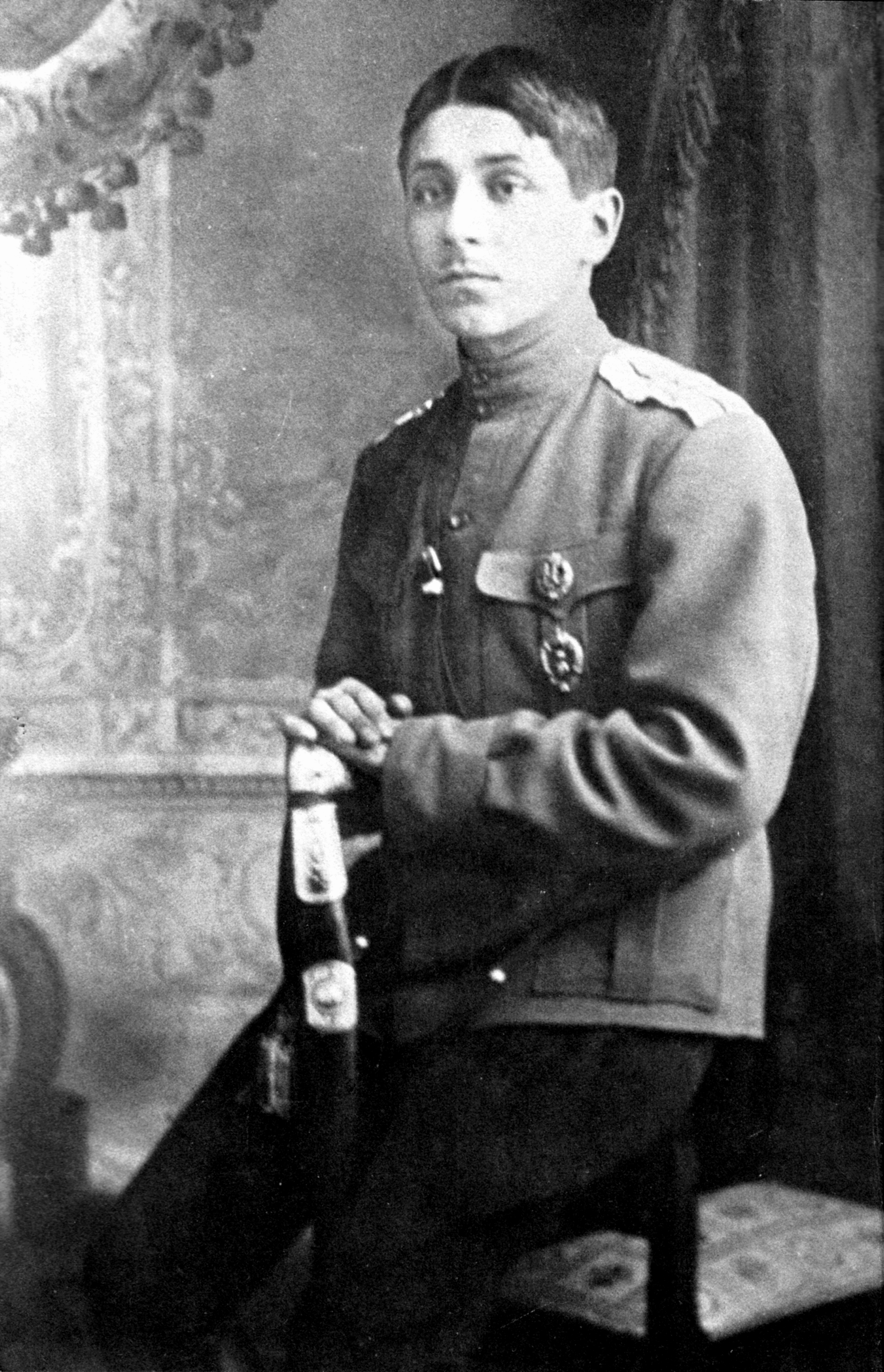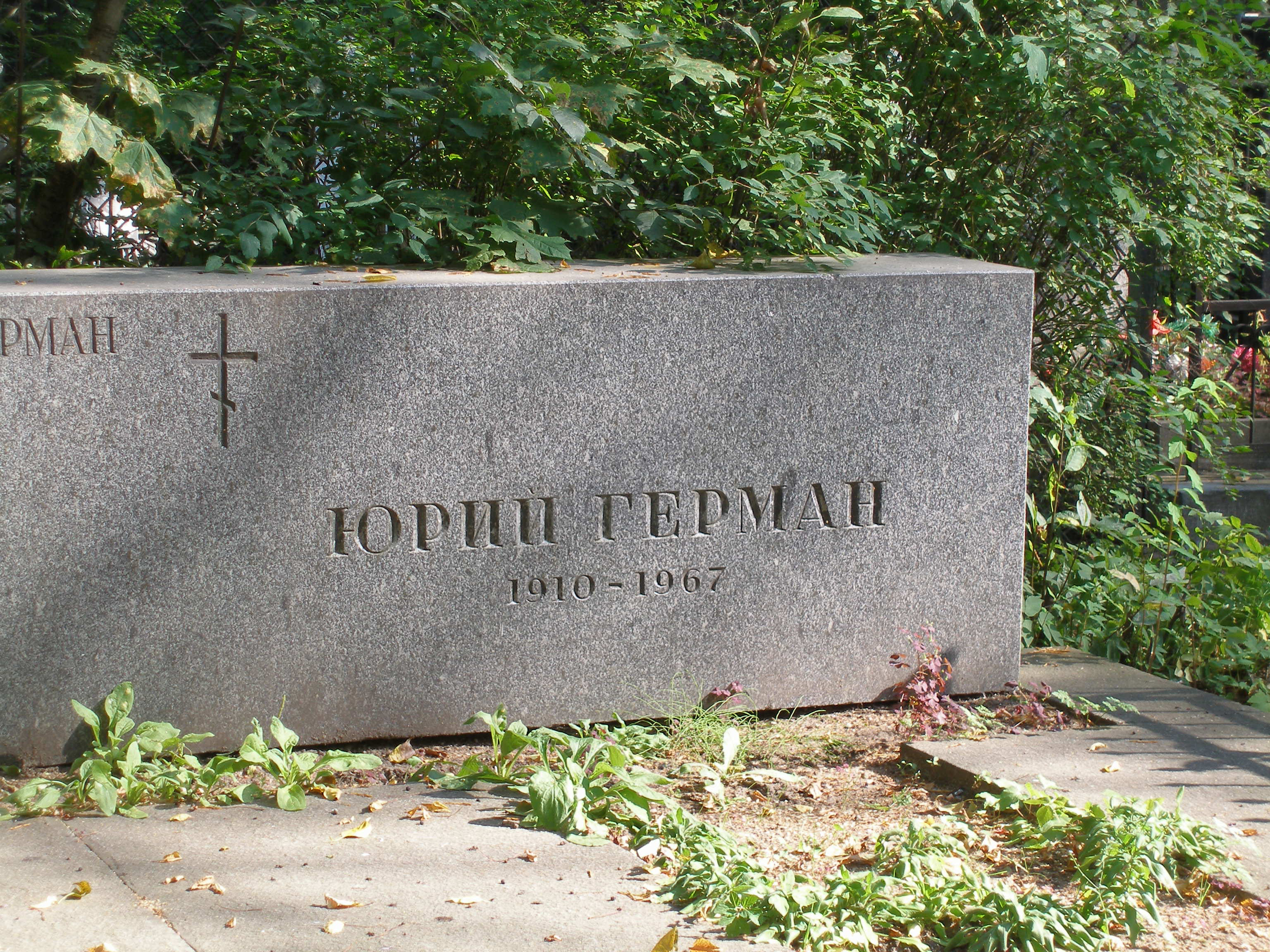|
Chizh (magazine)
Chizh (russian: Чиж) was a Soviet journal for children, published monthly from 1930 to 1941. History The magazine was first published in January 1930. It was originally came out as a supplement to the ''Yozh'' children's magazine, but in 1932 the journal started to be issued as an independent publication. By 1936, the circulation was 75 000 copies. During this period, the content of the magazine was already strongly ideologized, but it was still interesting. In 1938, the circulation of ''The Chizh'' was 100 000 copies. Mikhail Zoshchenko, Lev Kvitko, Yuri German Yuri Pavlovich German (russian: Ю́рий Па́влович Ге́рман) ( – January 16, 1967) was a Soviet and Russian writer, playwright, screenwriter, and journalist. Life German was born in Riga (then part of the Russian Empire ... and Elena Danko were published in the magazine. References Magazines established in 1930 Magazines disestablished in 1941 Russian-language magazines Magazines ... [...More Info...] [...Related Items...] OR: [Wikipedia] [Google] [Baidu] |
Detskaya Literatura
Detskaya Literatura ( rus, Детская литература, r=Detskaja literatura, lit. "Children's Literature"), formerly Detgiz and DETIZDAT, is a Soviet and Russian publishing house for children's literature. It was established on September 9, 1933 by the Communist Party of the Soviet Union on the basis of Molodaya Gvardiya (publisher), Molodaya Gvardiya's children's imprint. The company was initially called Detgiz ( rus, ДЕТГИЗ, Детское государственное издательство, Detskoe gosudarstvennoe izdatelstvo, lit. "The State Children's Publishing House"). The company had offices in Moscow and Leningrad. The first chief editor was Samuil Marshak. In 1933 Detgiz published 168 titles. In 1937 the headquarters of Detgiz was destroyed, some employees (such as Lydia Chukovskaya) were fired, others were arrested, imprisoned or Execution by firing squad, executed by a firing squad. The publisher's name was changed numerous times, from Detgiz (193 ... [...More Info...] [...Related Items...] OR: [Wikipedia] [Google] [Baidu] |
Soviet Union
The Soviet Union,. officially the Union of Soviet Socialist Republics. (USSR),. was a transcontinental country that spanned much of Eurasia from 1922 to 1991. A flagship communist state, it was nominally a federal union of fifteen national republics; in practice, both its government and its economy were highly centralized until its final years. It was a one-party state governed by the Communist Party of the Soviet Union, with the city of Moscow serving as its capital as well as that of its largest and most populous republic: the Russian SFSR. Other major cities included Leningrad (Russian SFSR), Kiev (Ukrainian SSR), Minsk ( Byelorussian SSR), Tashkent (Uzbek SSR), Alma-Ata (Kazakh SSR), and Novosibirsk (Russian SFSR). It was the largest country in the world, covering over and spanning eleven time zones. The country's roots lay in the October Revolution of 1917, when the Bolsheviks, under the leadership of Vladimir Lenin, overthrew the Russian Provisional Government ... [...More Info...] [...Related Items...] OR: [Wikipedia] [Google] [Baidu] |
Saint Petersburg
Saint Petersburg ( rus, links=no, Санкт-Петербург, a=Ru-Sankt Peterburg Leningrad Petrograd Piter.ogg, r=Sankt-Peterburg, p=ˈsankt pʲɪtʲɪrˈburk), formerly known as Petrograd (1914–1924) and later Leningrad (1924–1991), is the second-largest city in Russia. It is situated on the Neva River, at the head of the Gulf of Finland on the Baltic Sea, with a population of roughly 5.4 million residents. Saint Petersburg is the fourth-most populous city in Europe after Istanbul, Moscow and London, the most populous city on the Baltic Sea, and the world's northernmost city of more than 1 million residents. As Russia's Imperial capital, and a historically strategic port, it is governed as a federal city. The city was founded by Tsar Peter the Great on 27 May 1703 on the site of a captured Swedish fortress, and was named after apostle Saint Peter. In Russia, Saint Petersburg is historically and culturally associated with t ... [...More Info...] [...Related Items...] OR: [Wikipedia] [Google] [Baidu] |
Russian Language
Russian (russian: русский язык, russkij jazyk, link=no, ) is an East Slavic languages, East Slavic language mainly spoken in Russia. It is the First language, native language of the Russians, and belongs to the Indo-European languages, Indo-European language family. It is one of four living East Slavic languages, and is also a part of the larger Balto-Slavic languages. Besides Russia itself, Russian is an official language in Belarus, Kazakhstan, and Kyrgyzstan, and is used widely as a lingua franca throughout Ukraine, the Caucasus, Central Asia, and to some extent in the Baltic states. It was the De facto#National languages, ''de facto'' language of the former Soviet Union,1977 Soviet Constitution, Constitution and Fundamental Law of the Union of Soviet Socialist Republics, 1977: Section II, Chapter 6, Article 36 and continues to be used in public life with varying proficiency in all of the post-Soviet states. Russian has over 258 million total speakers worldwide. ... [...More Info...] [...Related Items...] OR: [Wikipedia] [Google] [Baidu] |
Mikhail Zoshchenko
Mikhail Mikhailovich Zoshchenko (russian: Михаи́л Миха́йлович Зо́щенко; – 22 July 1958) was a Soviet and Russian writer and satirist. Biography Zoshchenko was born in 1894, in Saint Petersburg, Russia, according to his 1953 autobiography. His Ukrainian father was an artist and a mosaicist responsible for the exterior decoration of the Suvorov Museum in Saint Petersburg.Introduction to ''Nervous People and Other Satires'' page viii His mother was Russian. The future writer attended the Faculty of Law at the Saint Petersburg University, but did not graduate due to financial problems. During World War I, Zoshchenko served in the army as a field officer, was wounded in action several times, and was heavily decorated. In 1919, during the Russian Civil War, he served for several months in the Red Army before being discharged for health reasons. He was associated with the Serapion Brothers and attained particular popularity in the 1920s as a satirist, b ... [...More Info...] [...Related Items...] OR: [Wikipedia] [Google] [Baidu] |
Leib Kvitko
Leyb Moiseyevich Kvitko (russian: Лев Моисе́евич Кви́тко, yi, לייב קוויטקאָ) (October 15, 1890 – August 12, 1952) was a prominent Yiddish poet, an author of well-known children's poems and a member of the Jewish Anti-Fascist Committee (JAC). He was one of the editors of ''Eynikayt'' (the JAC's newspaper) and of the ''Heymland'', a literary magazine. He was executed in Moscow on August 12, 1952 together with twelve other members of the JAC, a massacre known as the Night of the Murdered Poets. Kvitko was rehabilitated in 1955. He was born in a Ukraine, Ukrainian shtetl, attended traditional Jewish religious school for boys (cheder) and was orphaned early. He moved to Kyiv in 1917 and soon became one of the leading Yiddish poets of the "Kiev Group". He lived in Weimar Republic, Germany between 1921 and 1925 joining there the Communist Party of Germany and publishing critically acclaimed poetry. He returned to the Soviet Union in 1925 and moved t ... [...More Info...] [...Related Items...] OR: [Wikipedia] [Google] [Baidu] |
Yuri German
Yuri Pavlovich German (russian: Ю́рий Па́влович Ге́рман) ( – January 16, 1967) was a Soviet and Russian writer, playwright, screenwriter, and journalist. Life German was born in Riga (then part of the Russian Empire) and accompanied his father, an artillery officer, during the Civil War. He graduated from high school in Kursk and studied at the Technical School of Performing Arts in Leningrad in 1929. At age 17, he wrote the novel ''Rafael iz parikmakherskoi'' (Raphael of the barbershop), published in 1928, but did not consider himself a professional writer until he published the novel ''Vstuplenie'' (Entry), which met with the approval of Maxim Gorky, in 1931. In 1936, together with director Sergei Gerasimov, he wrote the screenplay for the movie ''Semero smelykh'' (The courageous seven), about researchers in the Arctic; among his other screenplays were '' Pirogov'' (1947) and ''Belinsky'' (1951), both directed by Grigori Kozintsev, and ''Delo Rumy ... [...More Info...] [...Related Items...] OR: [Wikipedia] [Google] [Baidu] |
Magazines Established In 1930
A magazine is a periodical publication, generally published on a regular schedule (often weekly or monthly), containing a variety of content. They are generally financed by advertising, purchase price, prepaid subscriptions, or by a combination of the three. Definition In the technical sense a ''journal'' has continuous pagination throughout a volume. Thus ''Business Week'', which starts each issue anew with page one, is a magazine, but the '' Journal of Business Communication'', which continues the same sequence of pagination throughout the coterminous year, is a journal. Some professional or trade publications are also peer-reviewed, for example the '' Journal of Accountancy''. Non-peer-reviewed academic or professional publications are generally ''professional magazines''. That a publication calls itself a ''journal'' does not make it a journal in the technical sense; ''The Wall Street Journal'' is actually a newspaper. Etymology The word "magazine" derives from Arabic , th ... [...More Info...] [...Related Items...] OR: [Wikipedia] [Google] [Baidu] |
Magazines Disestablished In 1941
A magazine is a periodical publication, generally published on a regular schedule (often weekly or monthly), containing a variety of content. They are generally financed by advertising, purchase price, prepaid subscriptions, or by a combination of the three. Definition In the technical sense a ''journal'' has continuous pagination throughout a volume. Thus '' Business Week'', which starts each issue anew with page one, is a magazine, but the '' Journal of Business Communication'', which continues the same sequence of pagination throughout the coterminous year, is a journal. Some professional or trade publications are also peer-reviewed, for example the '' Journal of Accountancy''. Non-peer-reviewed academic or professional publications are generally ''professional magazines''. That a publication calls itself a ''journal'' does not make it a journal in the technical sense; ''The Wall Street Journal'' is actually a newspaper. Etymology The word "magazine" derives from Arabic ... [...More Info...] [...Related Items...] OR: [Wikipedia] [Google] [Baidu] |
Russian-language Magazines
Russian (russian: русский язык, russkij jazyk, link=no, ) is an East Slavic language mainly spoken in Russia. It is the native language of the Russians, and belongs to the Indo-European language family. It is one of four living East Slavic languages, and is also a part of the larger Balto-Slavic languages. Besides Russia itself, Russian is an official language in Belarus, Kazakhstan, and Kyrgyzstan, and is used widely as a lingua franca throughout Ukraine, the Caucasus, Central Asia, and to some extent in the Baltic states. It was the ''de facto'' language of the former Soviet Union, Constitution and Fundamental Law of the Union of Soviet Socialist Republics, 1977: Section II, Chapter 6, Article 36 and continues to be used in public life with varying proficiency in all of the post-Soviet states. Russian has over 258 million total speakers worldwide. It is the most spoken Slavic language, and the most spoken native language in Europe, as well as the most geographica ... [...More Info...] [...Related Items...] OR: [Wikipedia] [Google] [Baidu] |




